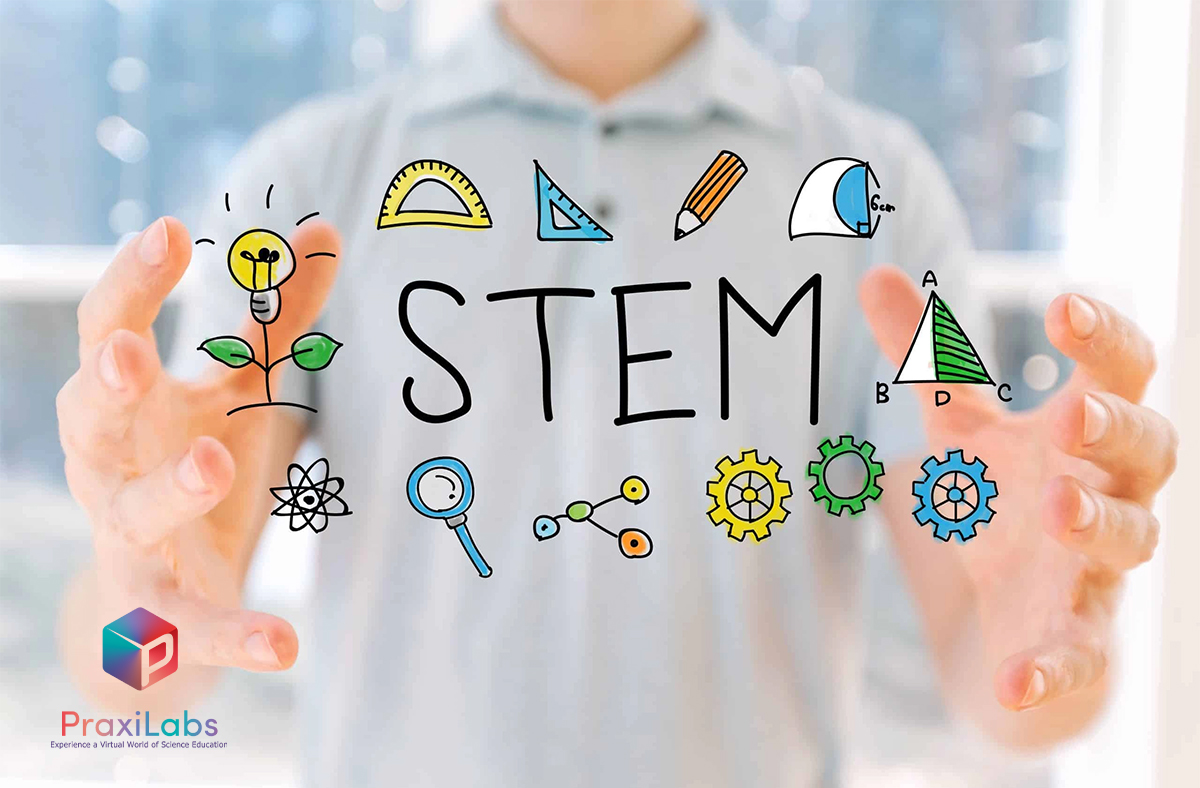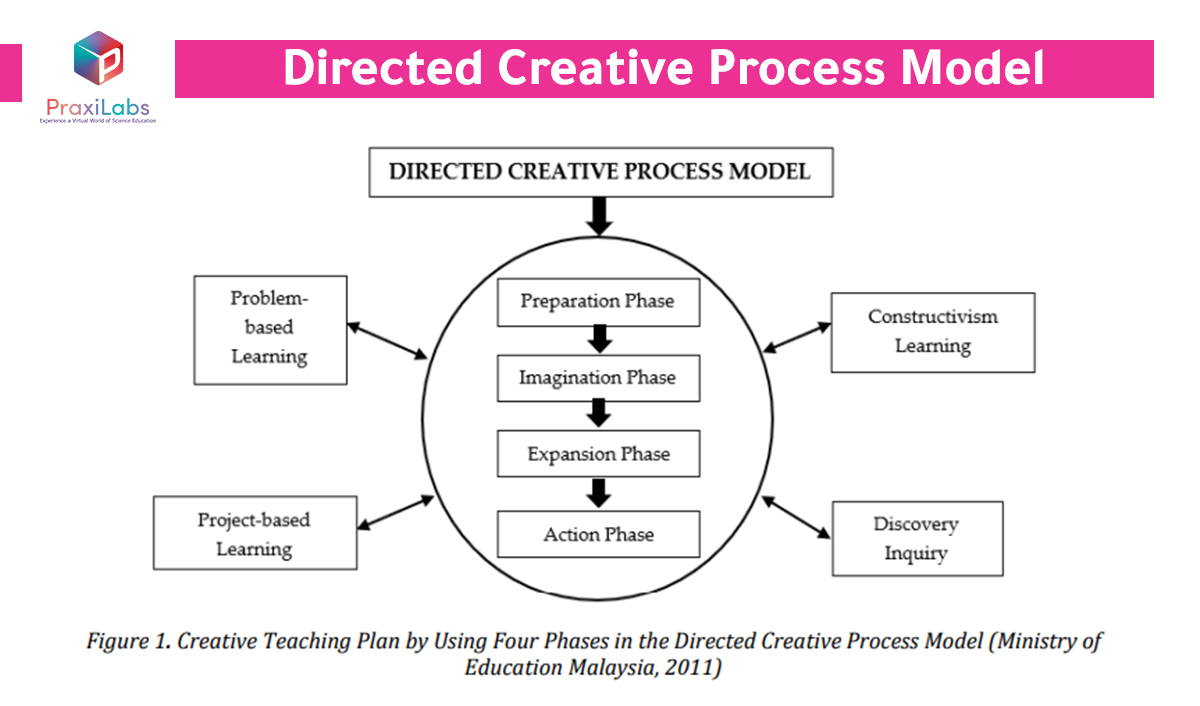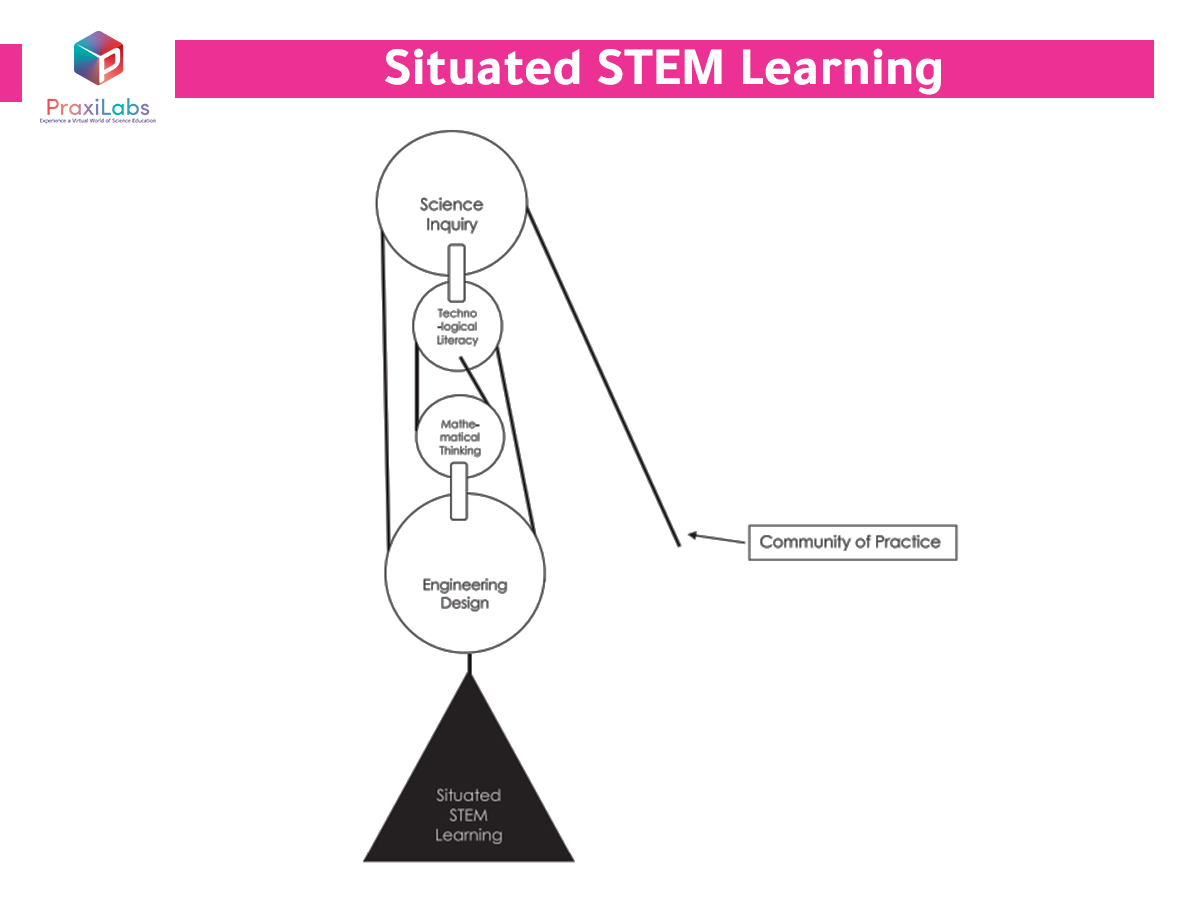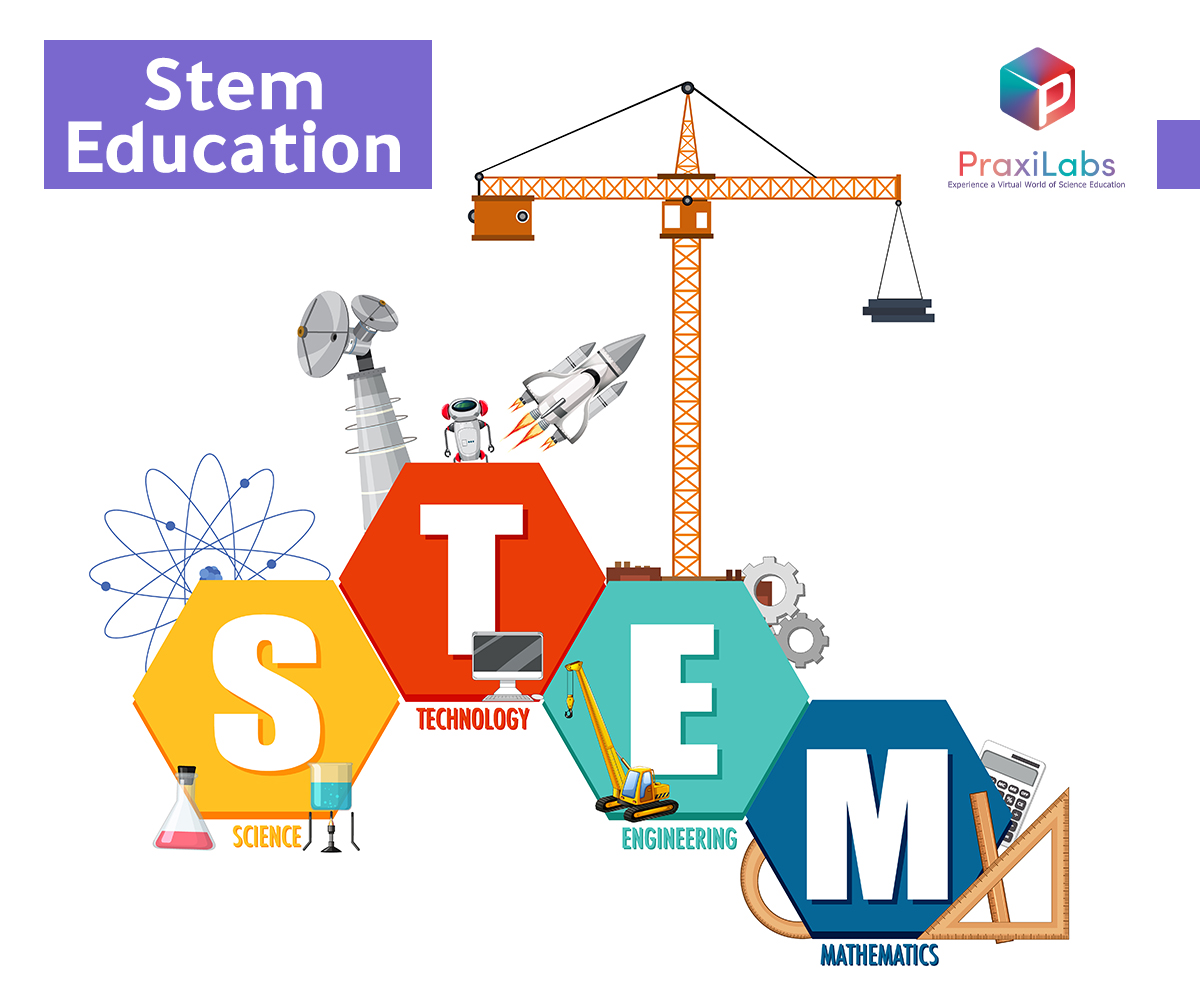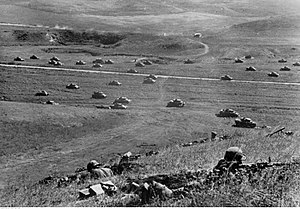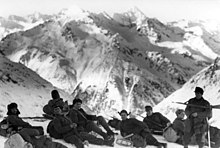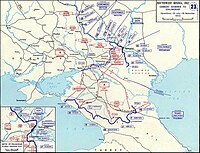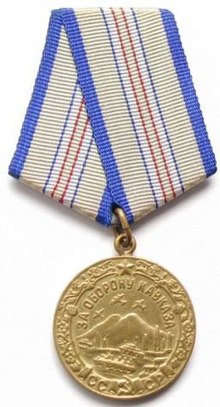What are wooden 3D puzzles?
Wooden 3D puzzles are a type of puzzle that consists of interlocking wooden pieces that can be assembled to form a three-dimensional object or scene. These puzzles can range in complexity, with some having just a few pieces and others having many small pieces that must be precisely fit together. Many wooden 3D puzzles are designed to look like familiar objects or scenes, such as animals, buildings, vehicles, or landscapes. Some popular themes for wooden 3D puzzles include animals, architecture, transportation, and nature.
Wooden 3D puzzles can be a fun and challenging activity for people of all ages. They can help improve spatial reasoning skills, hand-eye coordination, and fine motor skills. They can also be a relaxing and satisfying hobby for those who enjoy the process of solving puzzles and creating something with their hands.
If you are interested in trying wooden 3D puzzles, there are many options available online or at toy and hobby stores. You can choose a puzzle based on your skill level and interests, and there are puzzles available for all age ranges. Some wooden 3D puzzles come with instructions and diagrams to help you assemble them, while others may be more challenging and require you to figure out the solution on your own. Regardless of the type of puzzle you choose, working on a wooden 3D puzzle can be a rewarding and enjoyable activity.
Wooden 3D puzzles have taken the world of engineering-minded DIY enthusiasts by storm, especially with prolifiration of laser cutting techniques in recent years.
Who makes the best wooden 3D puzzles?
Ugears is the world’s leading manufacturer of art-grade composite wooden mechanical 3D puzzles. The models, beloved by fans in 85 countries across 5 continents, are known for their original design and clever engineering. There are models for all ages and abilities, including a line of STEM kits, teaching basic engineering principles in the best way possible: by letting students build common mechanisms like Pendulum or Differential with their own hands.
The company launched in 2014. The first models were powered by rubber bands, but the newer kits are spring-powered, for greater power and durability. This has also allowed Ugears to design sophisticated new models like the Sky Watcher Table Clock, a functional timepiece with a ticking tourbillon mechanism—no small feat for at-home hobbyists!

Developing Ugears wooden 3D puzzles
Development of a new Ugears puzzle takes up to a half a year or more. A designer will prepare a concept, perhaps born of market research, perhaps inspired by hobbies, nature, fantasy, or classic toys. Ugears also creates models under license for major entertainment companies like Warner Bros., releasing several new Harry Potter-themed models just this year.
Ugears wooden 3D puzzles have also been inspired, regrettably, by current events. The company is based between Kyiv and Bucha, where some of the worst atrocities of the war occurred. Ugears’ warehouse was destroyed, with 500 000 dollars’ worth of inventory burnt to ashes. After liberation of the area by Ukraine’s armed forces, Ugears engineers returned to work, responding how they knew best: with a line of models honoring Ukraine’s defenders. The Tractor Wins model depicts a Ukrainian farm tractor towing a damaged Russian tank, while the Bayraktar TB2 is a scaled model of the Turkish drone that has had such outsize success in Ukraine’s defense.

The designer decides on the model’s size, complexity, mechanical elements, and target age range. Basic models are drawn by hand, while more challenging kits get a 3D visualization right from the start. After the idea is agreed by the team and management, the designer develops a detailed 3D model, preparing the files for parts, gears, and mechanisms.
Elaborate mechanisms and non-trivial elements are tested first, to check the design given the limitations of the material. “Our biggest challenge is that any natural material is always different. Each board has a different structure, thickness, and sturdiness within the range. Our job is to guarantee the same quality level even while the characteristics of the material are never the same,” said Robert Milaiev, chief Engineer at Ugears.
Ugears uses several types of 3 or 5-layer art-quality plywood boards of various thicknesses, from 0.8 mm to 3.7 mm. The range for 3-mm and 3.7-mm, boards is usually 2.8-3.1 mm and 3,5-3.8 mm, respectively. The decision on which plywood thickness to use is driven by the model’s size, how powerful the mechanism is, as well as aesthetic considerations. One model may include several different thicknesses of plywood according to the design’s needs. For example, parts of the V-Express train and Drift Cobra racing car are bent during assembly, so these are cut from thinner boards. For extra flexibility, a lined pattern of short cuts is used.

Each block of parts is tested, and when the designer is satisfied with their work, sample kits are prepared using Ugears’ proprietary manufacturing process and technology. These are then assembled, allowing the team to identify and fix any problems early. The wooden 3D puzzles are then passed along to the engineering team for further development and testing.
 Rounds of testing and refinement follow, with engineers tweaking the design files. In addition to altering the parts themselves, engineers must refine the composite wood boards, so that the pieces are arranged in a way that reduces breakage and tracks the instructions.
Rounds of testing and refinement follow, with engineers tweaking the design files. In addition to altering the parts themselves, engineers must refine the composite wood boards, so that the pieces are arranged in a way that reduces breakage and tracks the instructions.
Once the sample kits have been successfully built, production can begin. The composite wood boards are cut to size and manually loaded into laser cutting machines. The laser cuts leave tiny connections, as thin as 0,15-0.2 mm, securing the pieces in the board until a hobbyist presses them out. Ugears checks for product defects—cutting errors, burns, or breakage, with 10-12% of the boards hitting the scrap pile.
The boards are then manually packed into boxes with instruction manuals and any additional materials like metal springs or marbles, sandpaper (for buffing off any small burs), and wax (to lubricate moving gears). No glue or tools are required to build a Ugears puzzle—everything needed for assembly comes right in the box.
 The kits are sealed and wrapped using a thermotunnel, packed together and transported to a internal warehouse where they are formed into palettes for overland transport to the Ugears’ distribution facility in Riga, Latvia, for faster international shipping.
The kits are sealed and wrapped using a thermotunnel, packed together and transported to a internal warehouse where they are formed into palettes for overland transport to the Ugears’ distribution facility in Riga, Latvia, for faster international shipping.
After only 8 years Ugears has built an impressive catalog of mechanical wooden 3D puzzles. The company has had many imitators and even outright copycats over the years, but maintains its position as industry leader. This requires the company to devote significant time and resources to new product development, but Ugears believes its well-earned reputation as a committed producer of innovative mechanical models gives it a competitive edge in the marketplace.
Here are the images of the some of the wooden 3D puzzles mentioned in this article.





